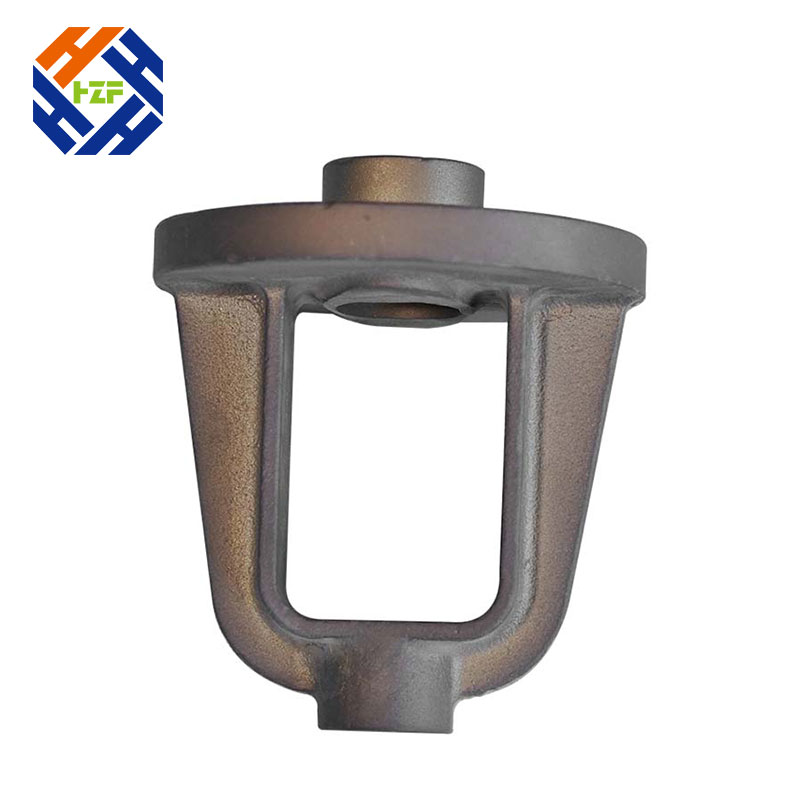The functions and instruction of Sand Casting Parts
2025-05-23
Functions and Instructions of Sand Casting Parts
1. Functions of Sand Casting Parts
Sand casting is a widely used manufacturing process where sand is used to create a mold into which molten metal is poured to form parts. The sand casting parts produced serve various functions depending on their application, but generally, they serve the following roles:
Structural Support:
Components like engine blocks, frames, and housings provide strength and integrity to machines or structures.
Mechanical Operation:
Parts such as pulleys, gears, and impellers are used in machinery to transmit motion or force.
Containment and Flow Control:
Housings for pumps, valves, and piping systems direct or control the flow of liquids or gases.
Heat Resistance:
High-temperature applications (e.g., furnace parts, exhaust manifolds) utilize sand-cast parts that withstand thermal stress.
Customization for Specific Applications:
Sand casting allows the creation of complex, custom parts tailored to specific engineering requirements.

2. Instructions for Sand Casting Process
The process of making sand casting parts involves several steps. Here's a basic guide:
Step 1: Pattern Making
A pattern (a replica of the final product) is made from wood, plastic, or metal.
The pattern is used to form the cavity in the sand mold.
Step 2: Mold Making
The pattern is placed in a flask (a box-like container) and packed with sand.
A binding agent is used to harden the sand.
The mold is split into two halves (cope and drag) to remove the pattern, leaving behind a cavity.
Step 3: Core Making (if needed)
Cores are used to form internal cavities.
They are made from sand and placed inside the mold before casting.
Step 4: Mold Assembly
The cope and drag halves are assembled with the core inside if used.
Channels (gates and runners) are created to direct the molten metal.
Step 5: Pouring
Molten metal (aluminum, cast iron, steel, etc.) is poured into the mold cavity.
Step 6: Cooling
The metal is allowed to cool and solidify in the mold.
Step 7: Shakeout
Once solidified, the sand mold is broken away to retrieve the casting.
Step 8: Cleaning and Finishing
The casting is cleaned of residual sand and gate materials.
Additional finishing like grinding, machining, or coating may be applied.
Step 9: Inspection
Parts are inspected for quality and accuracy.
Non-destructive testing (NDT) may be used to detect internal defects.
If you are interested in our products or have any questions, please feel free to contact us and we will reply you within 24 hours.


